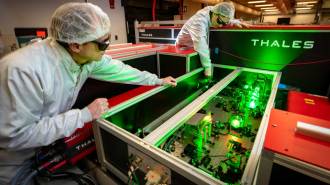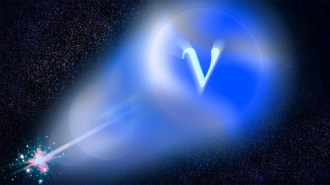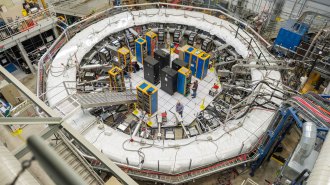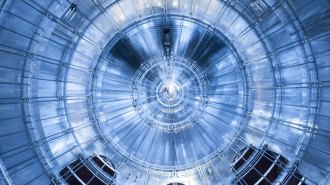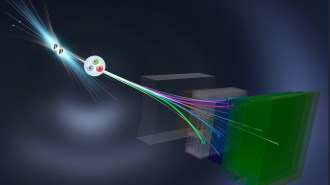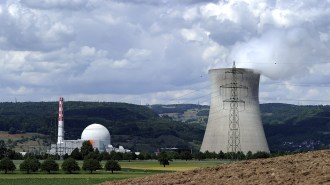50 years ago, neutrinos ghosted scientists
Excerpt from the July 20, 1968 issue of Science News
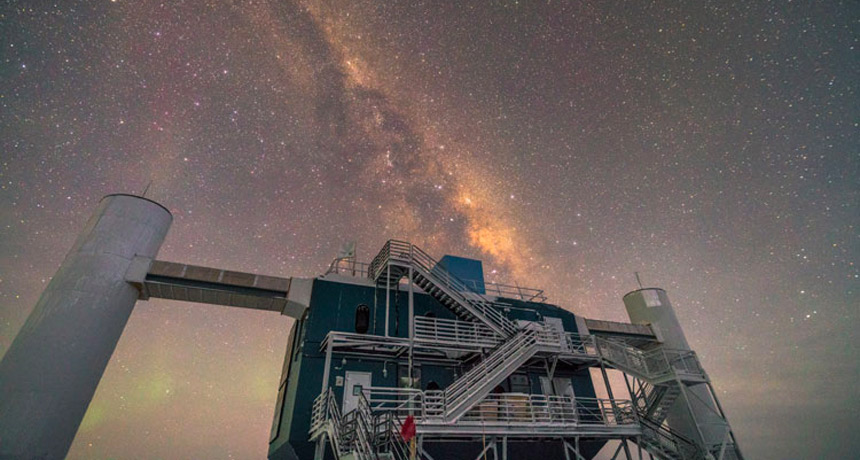
PARTICULATE PURSUITS Lightweight particles from outer space called neutrinos, caught by particle detectors like the IceCube Neutrino Observatory in Antarctica (shown), are giving new insight into a menagerie of celestial objects.
Martin Wolf, IceCube/NSF
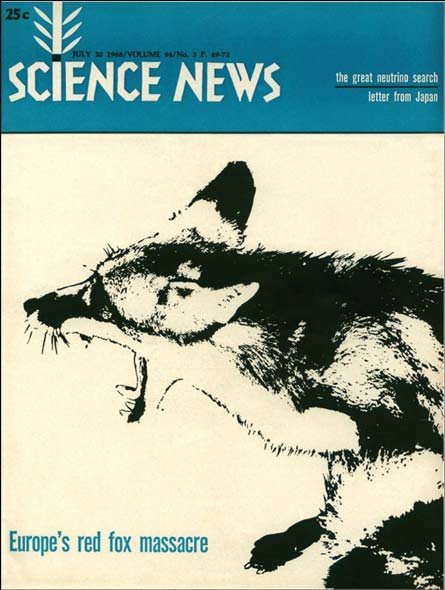 Tracking the neutrino
Tracking the neutrino